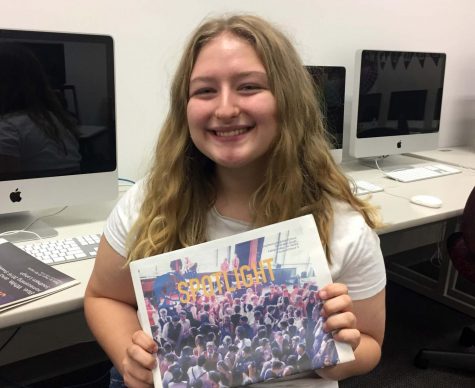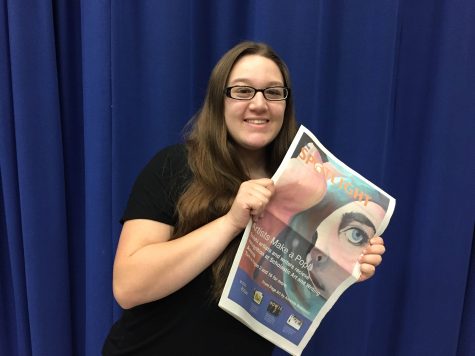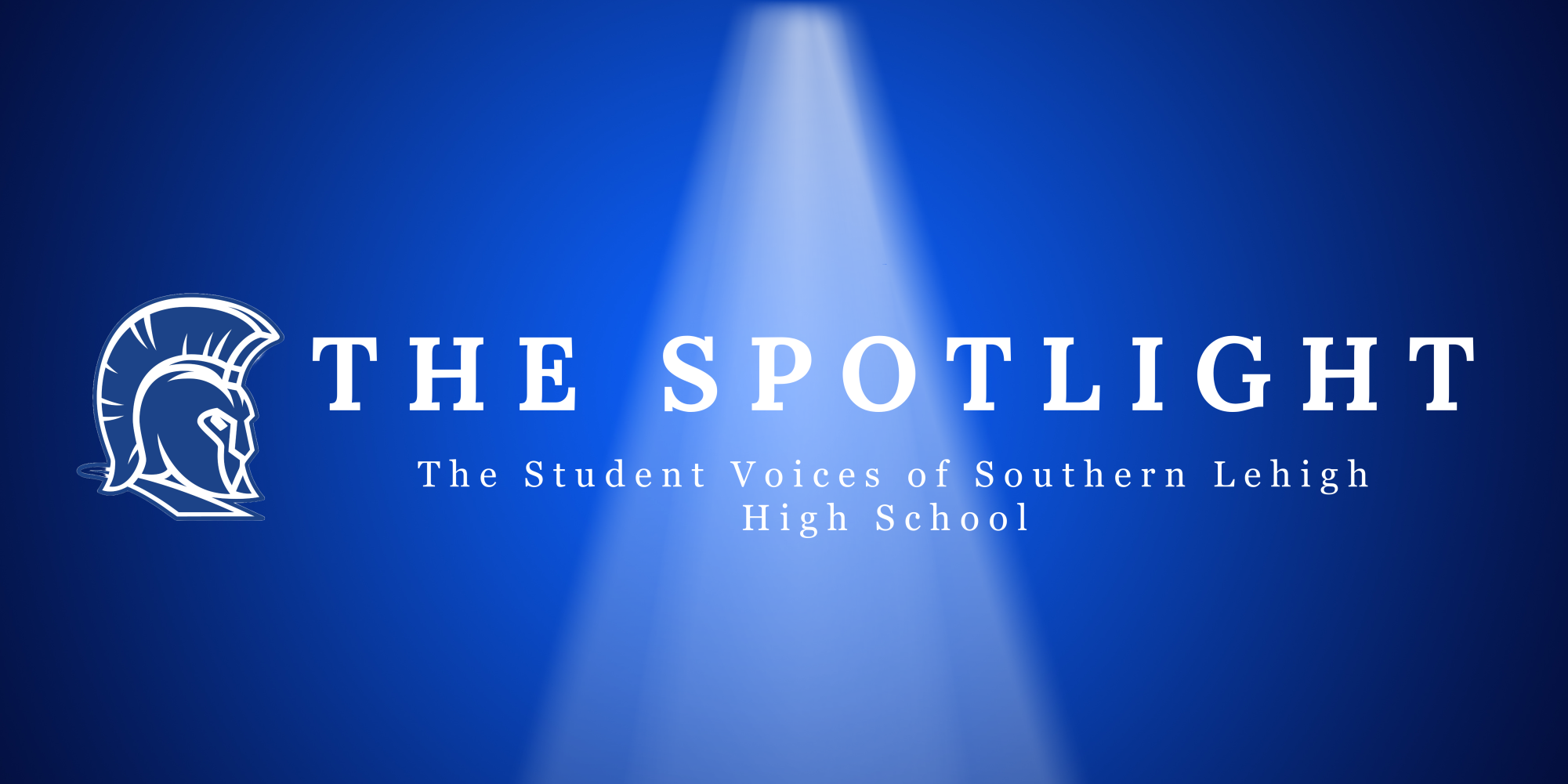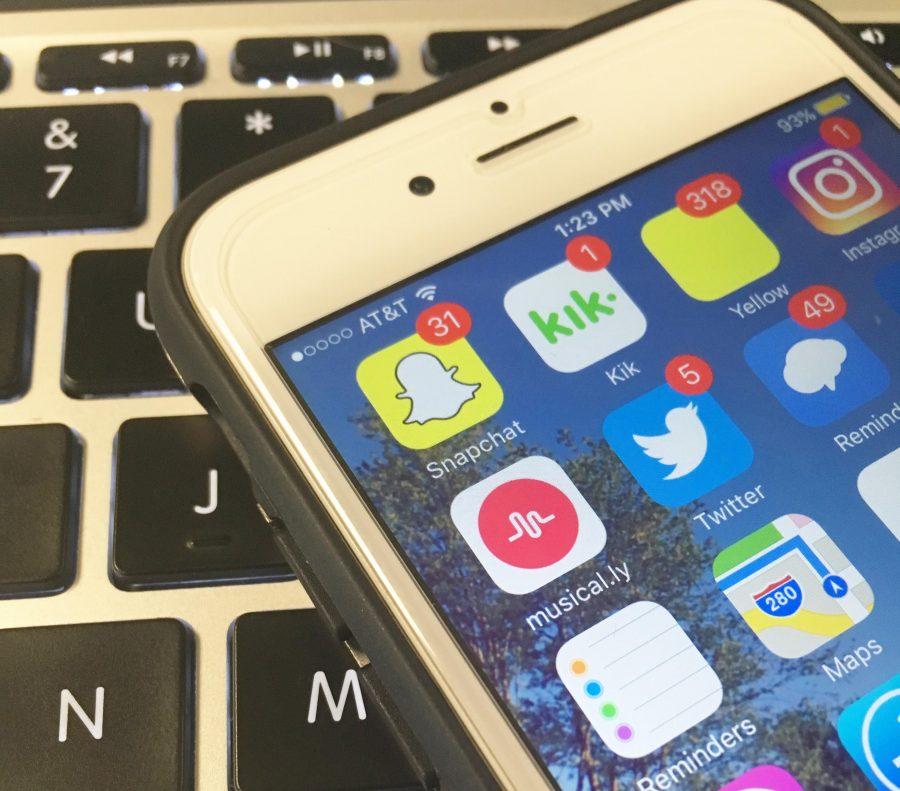Pros and Cons of the Digital World
What do Instagram, Facebook, Snapchat, Twitter, and Pinterest all have in common? They connect over a billion users across the globe, and more people than ever before are using these various social media platforms.
“I use social media almost constantly,” sophomore Quint Hansen said. “Even if I’m not really engaging in it, it’s like I’m passively doing something.”
According to the Pew Research Center, in America, 65 percent of adults used social media by 2015, up from only 7 percent in 2005. Social media is a connecting force for people worldwide, and growing more popular as time goes on. While many people use social media, the question still remains: do we really know how all those hours online affect us?
“I think if used properly, [social media] can be something that keeps students informed,” social studies teacher Mr. Troy Ruch said. “It’s definitely a good communication tool.”
According to a survey conducted by Common Sense Media in 2012, 52 percent of teens ages 13 to 17 said that social media helps build their friendships, and 88 percent said that it helps them keep in touch with friends they can’t see every day. In addition, 6 out of 10 teens say that social media has helped them form new friendships with people who have common interests. It is a tool that can be used for making and maintaining friendships and other relationships all over the country and the world.
“I think when you use [social media] correctly with good intentions, it can be a very positive thing as far as giving compliments and building self esteem,” mass media and English teacher Mr. Jeff Hersey said.
Social media is sometimes considered to have negative effects on a teen’s self image, but the facts prove to be contradictory. According to the same survey by Common Sense, only 4 percent of teens said that social media directly caused a decrease in their self confidence, while 20 percent of teens said that they felt their confidence increased.
The University of California found that when teens’ photos are “liked” by a large number of other people, the reward center of the brain, also known as the nucleus accumben, lit up as if they had just received a reward of some kind. This positive reaction may cause teens to feel as though they are required to accumulate a large amount of likes to feel validated by their peers, which can in turn be negative.
“If you look at your high follower count and you only have 50 likes on an instragram photo, you can feel self conscious because you don’t get a lot of likes or comments,” junior Allie Jameson said.
In wake of the recent election, social platforms such as Facebook and Twitter have become hosts to false stories and claims about the candidates and their campaigns. The Pew Research Center reports that 62 percent of adults get their news from social media sites. Buzzfeed catalogued how many news stories shared on Facebook were false, and found that about 40 percent of news articles circulating on far-right pages and 19 percent of news articles on far-left pages were fake. As social media becomes an increasingly large part of our lives, it may also cause many people to fall prey to readily accessible fake news.
“There’s a lot of false stuff that’s spread through social media,” junior Anthony Kaiser said. “Somebody’s message might not get conveyed properly.”
As the digital world develops around us, social media is becoming much more prevalent and widely used among people. By paying attention to both the positive and negative effects of these platforms, digital citizens can get the most out of their online communities.

Senior Sarah Jacobson is a third-year staff reporter, former Our World editor, and current Editor-in-Chief of the Spotlight. She is also the head of social...

Sophomore Aries Baringer is a first-year staff member for The Spotlight. She is also involved in the Key Club. Her hobbies include listening to music,...


